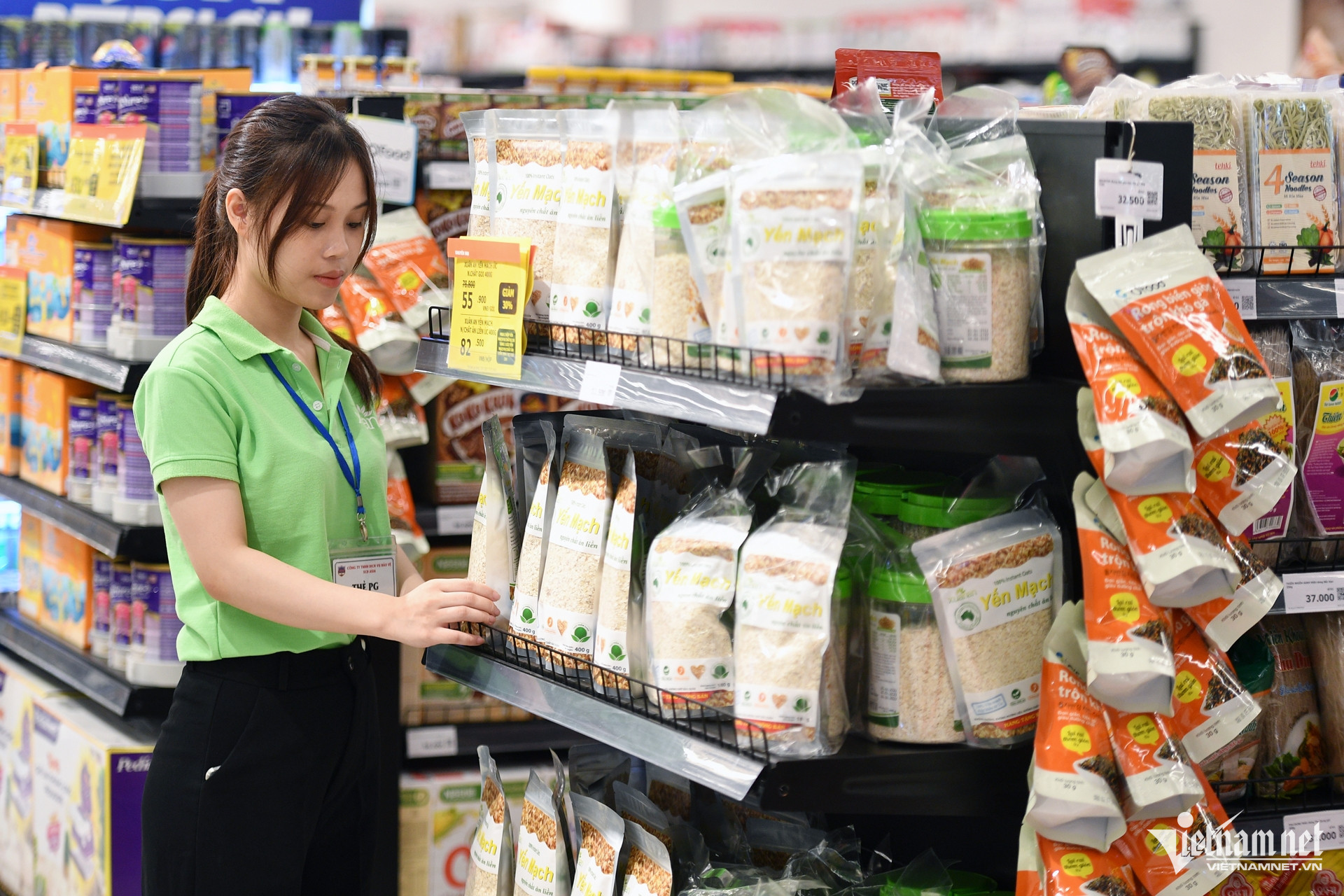From domestic consumption and public investment to credit growth, exports, and foreign direct investment (FDI), the economy is flashing strong signals of momentum. However, behind the impressive numbers lie potential macroeconomic risks that require prudent management.
Monetary and fiscal easing fuels growth

Supportive monetary and fiscal policies have been central to the economic resurgence. System-wide credit expanded by 5.6% compared to the end of 2024, and by 18.7% year-on-year, reflecting liquidity injections through monetary easing. The average lending rate dropped to 6.6% annually, creating favorable conditions for businesses and consumers to expand investment and spending.
Public investment also saw a boost, with approximately USD 8.73 billion disbursed, up 17.5% year-on-year. In addition to the full-year investment allocation of roughly USD 32.5 billion, local authorities added nearly USD 2.9 billion more to accelerate disbursement, signaling strong expansion in public capital spending.
Retail sales and consumer services rose by nearly 10%, while tourism revenue surged 25%, highlighting the recovery in consumer confidence. Budget revenue reached 58% of the annual plan, up 25% year-on-year, suggesting a rebound in business activity.
Industrial production index (IIP) grew by 8.8%, led by a 10% rise in manufacturing – a core driver of economic output – despite rising input costs such as construction materials and electricity.
FDI and exports anchor external strength
Despite trade tensions and looming tariff threats from the U.S., Vietnam’s external sector delivered stellar performance. Total registered FDI, including new pledges, capital adjustments, and share purchases, reached USD 18.4 billion – a five-year high, representing a 51% increase. Actual disbursed capital hit USD 8.9 billion, up nearly 8%. Singapore, China, and Japan remained Vietnam’s top investors.
Trade flows remained vigorous, with total import-export turnover reaching nearly USD 356 billion, up 15.7%. Exports grew by 14%, while imports climbed 17.5%, resulting in a trade surplus of USD 4.7 billion.
In the first five months, exports totaled over USD 180 billion, up 14%. Of this, domestic firms contributed nearly USD 50 billion (27.5%), while foreign-invested companies, including oil exports, generated USD 131 billion (72.5%).
The U.S. continued as Vietnam’s largest export market with more than USD 57 billion in trade, while China remained the top import source at over USD 69 billion. Vietnam’s trade surplus with the U.S. rose nearly 29% to USD 50 billion, despite pending tariffs. Trade surpluses with the EU and Japan reached USD 16 billion and USD 0.9 billion respectively. Meanwhile, Vietnam posted trade deficits with China (USD 46 billion), South Korea (USD 12 billion), and ASEAN (USD 6.5 billion).
While Vietnam's export strength remains clear, the FDI sector still dominates, controlling over 70% of exports and eclipsing the domestic private sector’s share. In response, the government has increased imports from the U.S. and cracked down on counterfeit and untraceable goods, although this has resulted in the closure of traditional markets and retail shops in some areas.
Risks behind the numbers
Despite the bright outlook, several macroeconomic risks loom. Inflationary pressures are building, particularly from surging costs in construction materials, electricity, and healthcare services. The Consumer Price Index (CPI) rose 3.21% in the first five months - a seemingly modest rate - but it may not fully capture the real cost increases seen in the market. This raises concerns about delayed price effects and potential inflation spikes in the second half of the year.
At the same time, the easing of interest rates has put pressure on the exchange rate. The Vietnamese dong (VND) depreciated nearly 2% against the U.S. dollar over the past five months, which increases import costs and risks feeding inflation. Policymakers must tread carefully to avoid macroeconomic instability similar to past periods of overheated growth.
Vietnam’s deepening dependence on the FDI sector also presents structural challenges. Domestic firms account for less than 30% of total exports and remain marginalized in global supply chains.
Moreover, the number of businesses exiting the market is nearly equal to those entering - both at around 112,000 - highlighting lingering volatility in the business environment.
Growth, but not at any cost
The government is determined to hit the 8% growth target in 2025 to lay the groundwork for double-digit expansion in the years ahead. Yet forecasts from international institutions are more conservative: the IMF projects 5.2%, the World Bank 5.8%, and the Asian Development Bank 6.6%.
While 8% growth is within reach, it must not come at the expense of macroeconomic stability, rising public debt, or surging inflation.
In the long term, Vietnam faces monumental infrastructure investment needs: USD 70 billion for high-speed rail, USD 170 billion for urban metros, and USD 135 billion for energy. These cannot be financed solely by debt or foreign capital. Unlocking domestic resources from private enterprises and the public will be essential. A transparent business environment, streamlined procedures, and a stable legal framework are critical to mobilizing internal capital.
The first five months of 2025 reflect the government’s determined, flexible, and effective policy execution. But to sustain the recovery and realize the 8% growth target, Vietnam must enhance its domestic business capacity and build a truly enabling economic ecosystem.
That is the only sustainable path for an economy aiming for double-digit growth in the near future.
Tu Giang